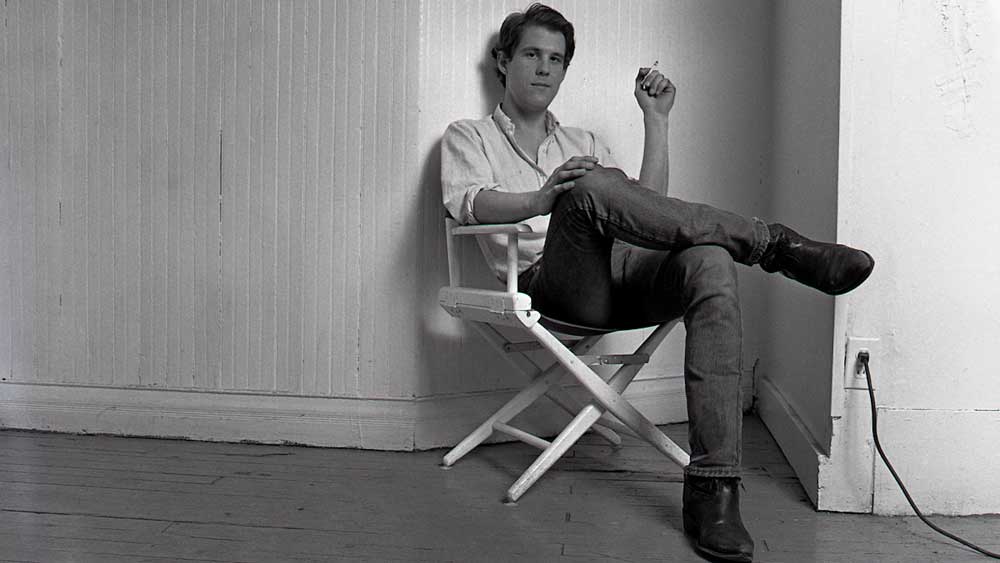
Make Me Famous. Photo © Marcus Leatherdale.
by ANGERIA RIGAMONTI di CUTÒ
While centred on the figure of Edward Brezinski, Make Me Famous is a portrayal of a milieu and collective of artists, some achieving stellar heights of success in a rapidly and irrevocably commercialised art world. Brezinski, by turns charismatic and self-sabotaging, was decidedly not one of these and his obscurity, as well as the acutely mournful circumstances of his later years, points to the way that digging around the margins can be more illuminating than training the eye on a gilded few.
Taking its title from the artist David McDermott’s send-up of Brezinski’s pleading for fame, Make Me Famous goes on to yield a mystery regarding the artist’s demise. As well as archive footage of Brezinski and his circle, the film presents an array of compelling participants and observers of this last flowering of bohemia in the grubby, pungent glamour of New York’s dirt-cheap Lower East Side.
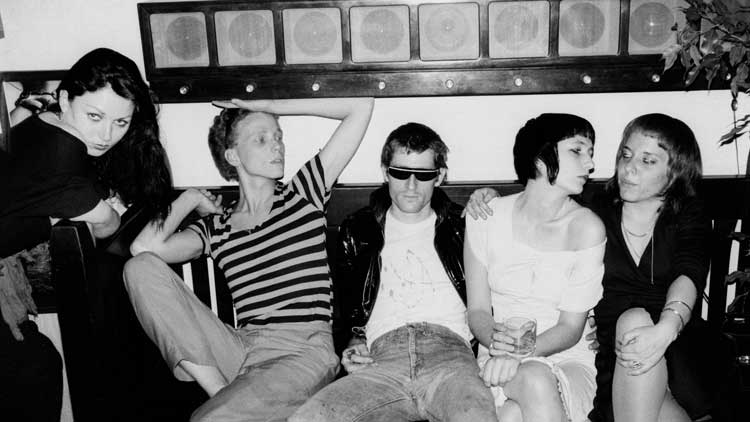
Make Me Famous. Feature length documentary. Photo: © Katherine Dumas.
The bleak shadow hanging over this world, as always with any account of 1980s culture, was Aids, as per the artist Kenny Scharf’s chilling quip: “Your social scene was funerals.” Given that the contents of some people’s apartments were thrown out en masse into garbage dumps when they died, the testimony provided by this documentary fill in some of the blanks of easily lost histories.
Angeria Rigamonti di Cutò: You came to this project via an encounter with Lenny Kisko, who – in an interesting side story – collected Brezinski’s work with his earnings as a waiter. How did that casual meeting persuade you that this was a subject worth making a film about, not exactly an easy undertaking?
Brian Vincent: I met Lenny when I was in between acting jobs, catering, and he was a fellow waiter. He found out I was obsessed with the 80s NYC art scene and said he collected an artist I should come to his apartment to see. The artwork persuaded me that this was worth researching. How could someone this good not be famous? That, coupled with Lenny’s Gollum-like devotion to Brezinski’s art and legacy, made me want to know more. The more we researched, the more fun it was, uncovering the incredible stories that often lead to more mysteries needing to be solved. I came to appreciate the advantages of telling a story no one has ever heard before.
Heather Spore: I was first introduced to the project in the early stages just by overhearing the tapes of the early interviews that Brian had done for research. I was instantly struck at how punk and cool these people were and that, despite being in very different situations now, they still have that punk spirit. These are the people you want to be stuck next to at a dinner party. It would be an occasion you would never forget.
ARC: You didn’t aim for a more hackneyed route of resurrecting the reputation of an unfairly neglected artist but seem interested in looking at the combination of forces that determines who does or doesn’t achieve success in obvious terms. Judging by the film, there was clearly some psychic wound in Brezinski. Do you think that was partly accountable for his relative obscurity?
BV: It hurts to be perceived as failing all the time. It doesn’t feel good in front of your family, your friends, your lover. There is a way people talk to you, gently avoiding subjects like … ‘What have you been up to lately?’, because they know you haven’t been succeeding. So, they don’t ask. It hurts a lot to hope and get crushed over and over again. The wound gets deeper when you try to drown it out with booze like Brezinski did, compounding his problems. He woke up every day though, fresh with hope and energy for painting. He would cause a terrible scene at a gallery and must have realised that he wouldn’t ever show there, so what was his solution? He opened his own gallery in his apartment, in a fifth-floor walk-up across from a men’s shelter. And then he filmed it. That shows some amazing grit.
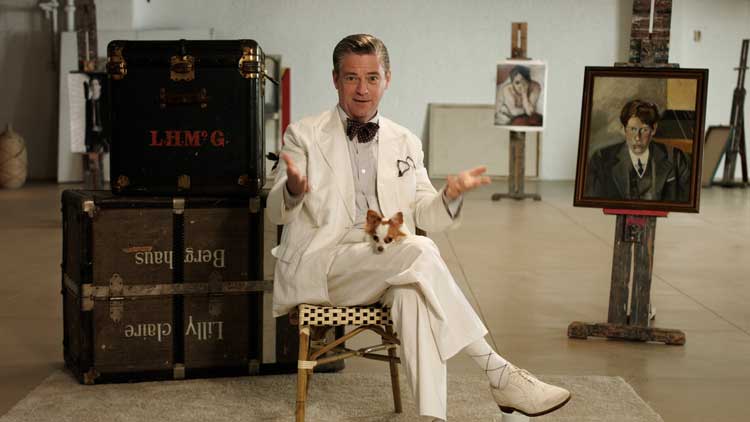
Make Me Famous. Feature length documentary. Image courtesy Make Me Famous.
ARC: You both have a background in performing, but this was your first film as producer/director. How did you go about teaching yourselves how to make a documentary and did you have an idea of what you wanted to achieve in terms of your own film-making style?
BV: I’ve wanted to be a film-maker for quite a while. Years ago, I let that be known to a friend of mine who owns a TV studio. He hired me to make web shows and boring corporate videos. I learned though, as he said I would, how to work with a crew. How to edit. How to interview. How to finish a project. Also, having gone to Juilliard, I applied the lessons of storytelling that I learned there. I wanted the film and editing to represent Brezinski’s frenetic career, which mirrored the kinetic energy of the Lower East Side. I wanted to let the photographs, videos and artwork of the artists who knew Brezinski best, tell his story. I wanted to combine the brilliant archival footage we found with candid interviews. We spent a lot of time getting to know the artists of the 1980s scene who were still in NYC showing in galleries. Artists such as Marguerite Van Cook, James Romberger, Richard Hambleton, Duncan Hannah, Frank Holliday, Robert Hawkins, David McDermott, Peter McGough, Scott Covert, and Annina Nosei, Jean-Michel Basquiat’s first gallerist. Social media helped us locate them. However, this is a generation who likes to talk on the phone.
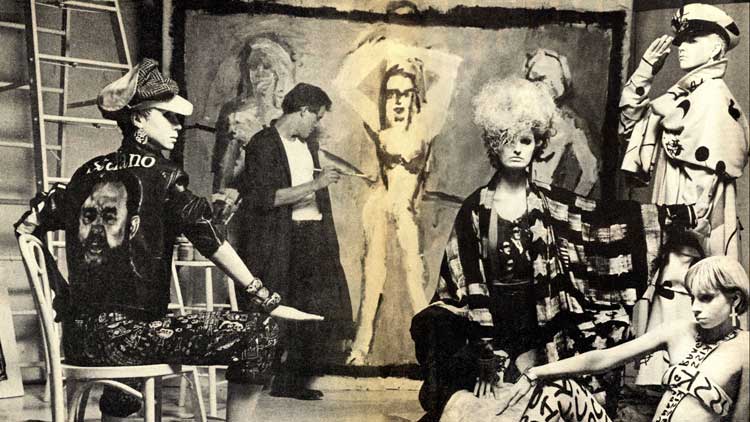
Make Me Famous. Feature length documentary. Photo © Jonathan Postal.
HS: It seems that managing one’s own career as an actor requires very much the same skill set as that needed to be a producer. Most of the time it is just getting over the imposter syndrome. We were inspired at the way the Lower East Side artists made something so special out of thin air. They did it together and they made it work. We used that same mantra. We worked as a team and Brian took the lead on the creative and I the logistical. I think that somehow the artists and photographers saw in our passion project a little of that East Village spirit. These very well-known, accomplished photographers opened their archives to us so generously, which really allows the film to take you back into that time.
ARC: There were some quite diverse opinions on Brezinski’s artistic merit from your interviewees. Several fellow artists were quite dismissive – with Peter McGough, for example, claiming that the only interesting aspect of Brezinski was what might have happened to him – while some of the curators and historians were far more generous in their appraisals. Did your own view of him change over the course of production?
BV: I was moved by his artwork from the beginning. The more we discovered, often not even on walls but in the back of closets and dusty storage bins, the more I appreciated his devotion to his craft. I am very aware that others, like Peter, don’t feel that way and I wanted to be sure I made room for that. The subjective nature of art is pretty brutal sometimes. One person loves something in an artwork that bothers someone else the most. For me, I guess he never stopped impressing me.
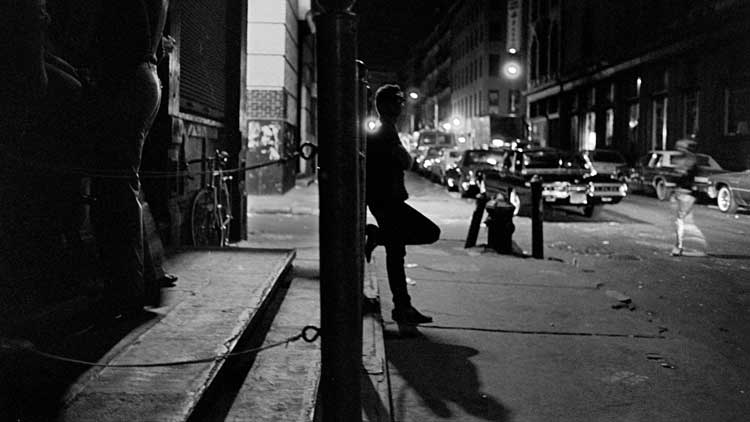
Make Me Famous. Feature length documentary. Photo © Joseph Szkodzinski.
ARC: It took a few years to make the film and some of your subjects, such as Richard Hambleton, Marcus Leatherdale and Duncan Hannah have since left us. Did you have a sense of documenting what will soon be a bygone age of the New York art world?
BV: All three of these stellar artists believed that the spirit of the Lower East Side scene was on life support. They recognised that the spirit of community that they all shared was taken over by the soaring cost of living in NYC. Because in the 80s New York was on the verge of bankruptcy, rent was cheap, and they could live out their bohemian fantasies. Whereas now the city is far too expensive for that kind of artist community to prosper. We were personally crushed when all three of them died. It seemed obvious that Richard Hambleton was facing some serious health problems, but he was one of the most alive people I have ever met. He loved making artwork and I was lucky enough to witness him making nearly 100 paintings. Marcus and Duncan always looked to be healthy, young and beaming with life. It is terrible that they are gone. And with them so many stories and memories.
ARC: A fascinating part of this documentary was the film within the film: the footage of Brezinski and his coterie interacting within their own milieu. What did the videographer tell you about the circumstances of shooting those scenes. Were they shot at the behest of Brezinski? If so, he clearly had a canny sense of the importance of self-documentation.
BV: Jim C, the videographer, and Edward Brezinski were forward-thinking. Video cameras back then were huge and cumbersome, so it took a lot of effort to use them. Jim C was enrolled in university upstate but then visited NYC in the early 80s and felt compelled to document this incredible explosion of art and creativity. Brezinski and Jim C were like-minded in wanting to document the goings-on of the Magic Gallery. Even having that expensive equipment in that neighbourhood was a risky move because it was very rough. Thanks to them, we now have this history to show, with seminal figures such as the poet Miguel Piñero and writer and art critic Gary Indiana.
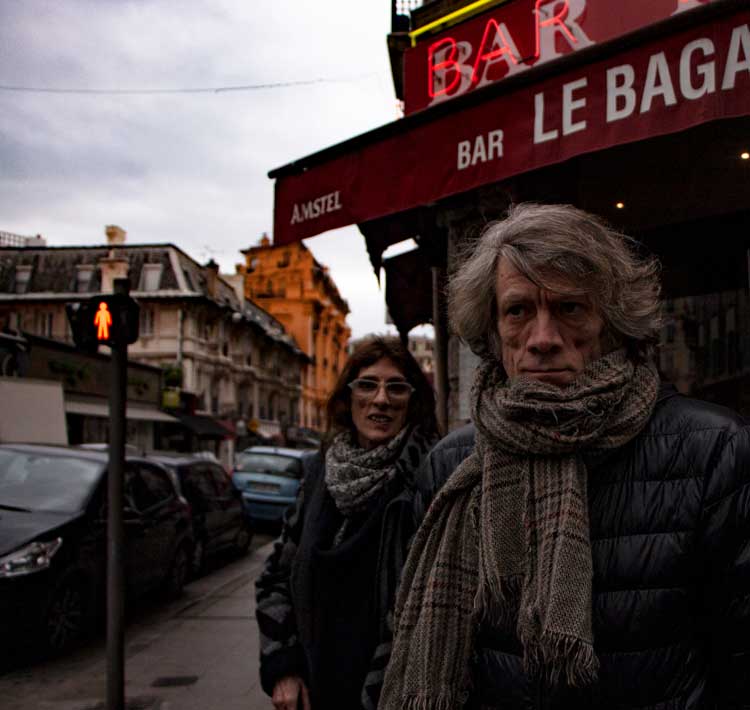
Make Me Famous. Feature length documentary. Photo © Josef Astor.
ARC: Your interviewees are in themselves remarkably cinematic. How eager, or not, were they to participate in the film: was there a sense in which some were taken aback at focusing on an artist the history books might view as a marginal figure?
BV: At this point, many of the artists, gallerists and historians have answered every conceivable question about Basquiat and Keith Haring. When I approached them about someone they hadn’t thought of in years, they were gobsmacked. They would laugh, relax, open up and dish. Usually, they were happy to share in this documentary as long as we promised to give an honest portrait of Brezinski and the era and not over inflate and mythologise. Some were less enthused. Richard Hambleton was pretty troubled by Brezinski as a subject. “He wasn’t famous, no one ever really cared about him when he was alive. Why would they care now?”
HS: When talking about Brezinski, they were instantly disarmed. They spoke so freely and without pretence. Talking about this-long forgotten artist seemed to bring them back to where they first began. It brought out some very intimate vulnerabilities that every artist goes through. I think when recalling Edward’s struggles, they were inclined to think about their own.
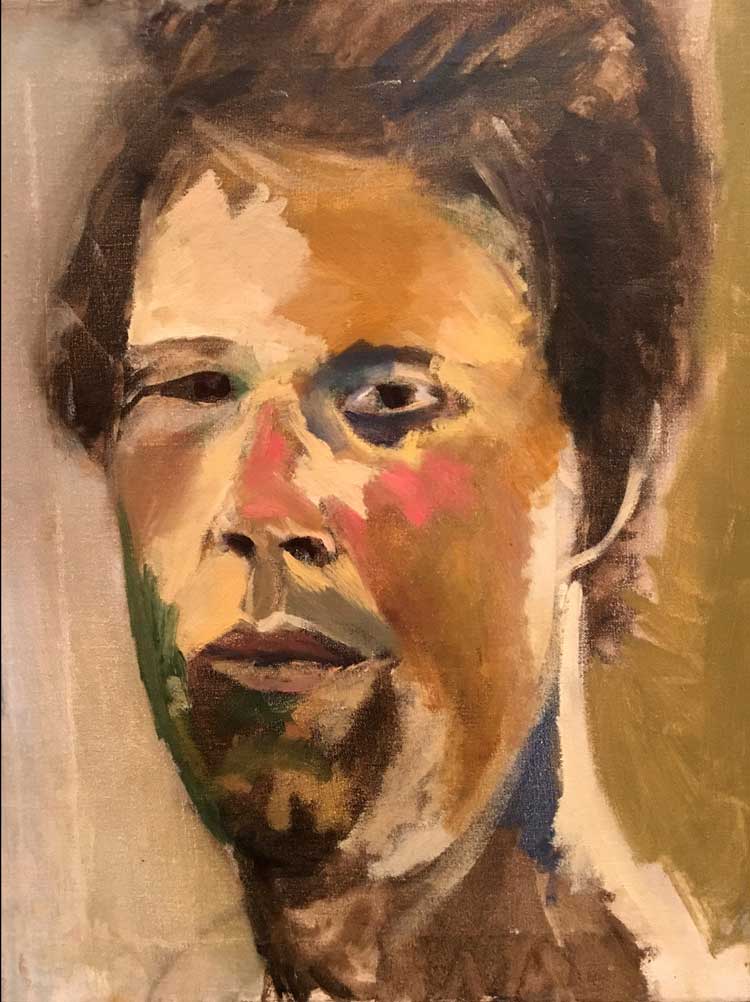
Make Me Famous. Feature length documentary. Image © Edward Brezinski.
ARC: Even if that wasn’t your intent, do you think your film will inevitably make a difference to Brezinski’s artistic reputation?
BV: Brezinski simply wasn’t thought of before. He is thought of now. He inspires laughter, jeers, some are mesmerised by his charisma. But everyone feels his desire to matter, and they recognise that in themselves. So, however people land on the judgment scale, at least he is being talked about. And his art isn’t getting thrown out any more.
HS: Brezinski, however you think about him, is a fighter. He never gave up. He fought for what he thought was right as an artist and as a gay man. He had his foibles, he was too outspoken for the art establishment, he drank too much, but he always focused on the art, and he was tenacious. He really is the archetype of what it means to be a struggling artist. I think that so many artists will be inspired by his story. Whether or not you like his work, you have to respect the dedication it takes to continue believing in yourself when you don’t get the spotlight. That is 99% of the artists out there. More people might feel akin to Brezinski than to some of the art stars of the era.
• Make Me Famous is showing at Bertha Dochouse, from 17 to 23 February 2023, and at the Museum of the City of New York on 18 April 2023.